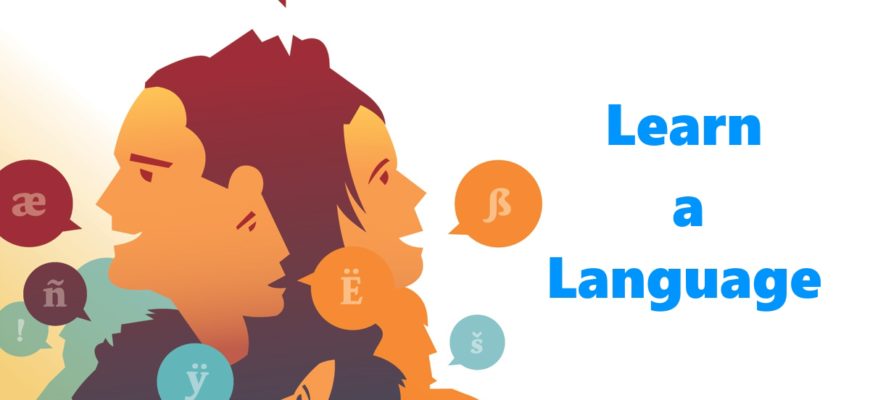Learning a language in one month seems like a crazy and foolish goal. How could anyone learn a complex and completely unfamiliar language in just one month?!
As someone currently attempting this crazy challenge (and with the difficult choice of Mandarin to boot) I can tell you that surprisingly learning a language in a month is not only achievable but if done right, can be much easier than you could ever imagine.
Here is Part 1 of my 10 tips to learning a language in 30 days
The 80/20 rule
For me, the most important part about learning a new language comes down to the ability to have a real conversation with a local native speaker.
The strategy then becomes a focus not on mastery but instead on efficiency. Rather than attempting to learn the entire language in one sitting (completely impossible) one should focus instead on the 20 percent that will give you the greatest return.
Most languages are extremely front heavy and if you do some research you’ll find there is usually a short list of about 100-200 words and phrases that are the most commonly used on a day to day basis.
With this strategy in mind, you can set out to conquer a much more manageable amount of the language. You may not be able to debate in-depth local politics but with these common words, you should have no problem in carrying on a friendly conversation.
Set Clear Goals
Before you start, make sure you have a clear understanding as to what it is you’d like to accomplish.
Find a metric in which to test yourself so that your language goal has a pass or fail consequence. This will force you to stay committed to your goal but will also give you the structure to make learning a language seem more bite-sized and attainable.
For me, I chose the HSK1 (Hànyǔ Shuǐpíng Kǎoshì level 1) Chinese Proficiency Test which is China’s only standardized language proficiency exam. I know I have exactly 150 words to memorize for that exam so all I have to do is work backwards to study and pass my exam.
Find a partner/tutor
This can be tricky if you don’t know anyone who speaks the language you are interested in. Luckily there are many opportunities to find tutors both locally and globally.
Local:
Most cities have some sort of cultural hub for international immigrants who want to learn English. Here in Kelowna, the Ki-Low-Na Friendship Society hosts an incredible ESL program for permanent residents.
This is a great opportunity to connect with people from all over the world that would happily trade English lessons for lessons in their native language.
Global:
There have been many online startups that have popped up in recent years that offer ways to connect students with tutors from all over the world. Websites like iTalki, My Language Exchange, and Interpals all offer inexpensive or free options to work with tutors that actually live in the country of your languages origin.
* Cautionary note: Sometimes native speaking tutors can actually be less helpful as their level of understanding is so high that they have a hard time simplifying lessons for a beginner. The best option (but also the most difficult to find) would be a tutor who natively speaks your language but is fluent in your chosen proficiency. They will have gone through the same learning pains as you and will be best to help you overcome your challenges at a speed that works for you.
Start with the basics
Do not attempt to dive into the deep end of a language without first learning the basics of spelling and sound.
Chinese for instance has a completely different sound structure than we do with English. ‘Shi’ if pronounced ‘sure‘ (with your tongue rolled back slightly), and ‘ui’ is pronounced ‘way.‘
Having this foundation in sound and spelling will allow you to sound out words that you may not know or understand and build your confidence as you grow.
Flash Cards
Word repetition is obviously the key to success but strategic repetition is the key to true memorization.
When going through your flashcards organize them in a ‘spaced repetition system (SRS).’ Rather than going through the same list of vocabulary in the same order every time, you will see far better results by reviewing words at variable intervals, just before you would forget them.
A great (and free) resource for this is Anki, a flashcard app that automatically spaces your words and phrases in an optimal memorization schedule.
Use images not just words for context. Your mind memorizes languages in a variety of different ways so having a visual component will help your brain to make an association with the term you are speaking of. Try using Google Translate and Image Search to help build your visual list.
Part 2
Check out part 2 of my list of the top 10 tips to learning a language in 30 days.




